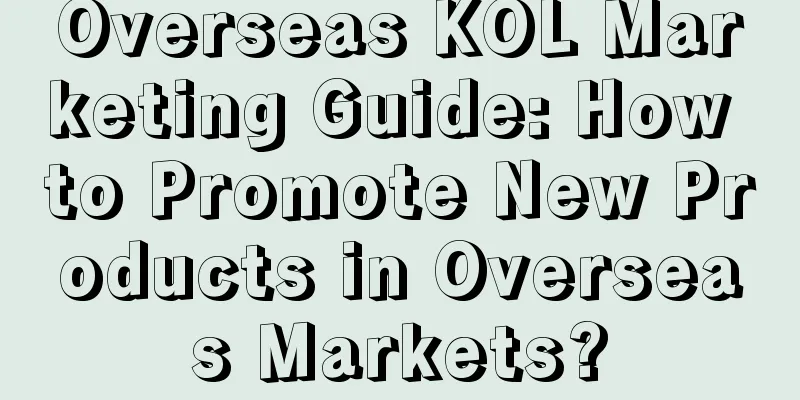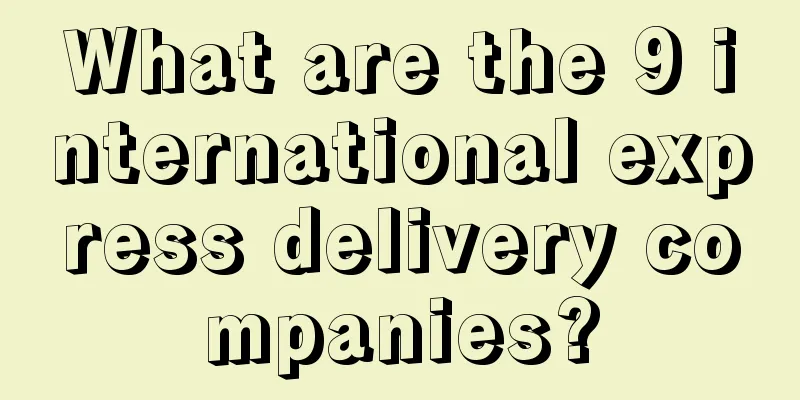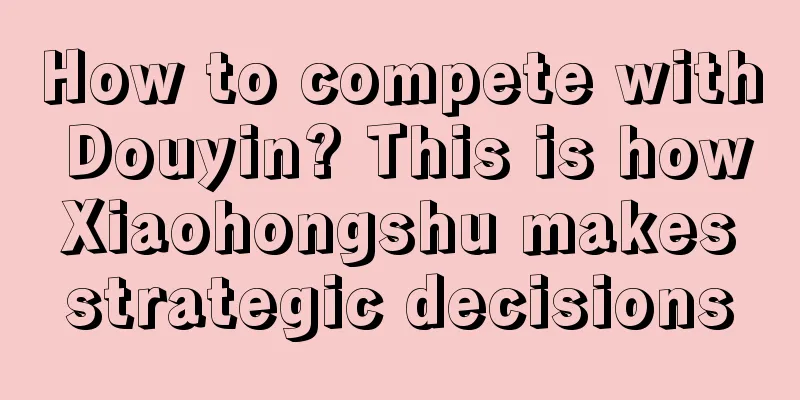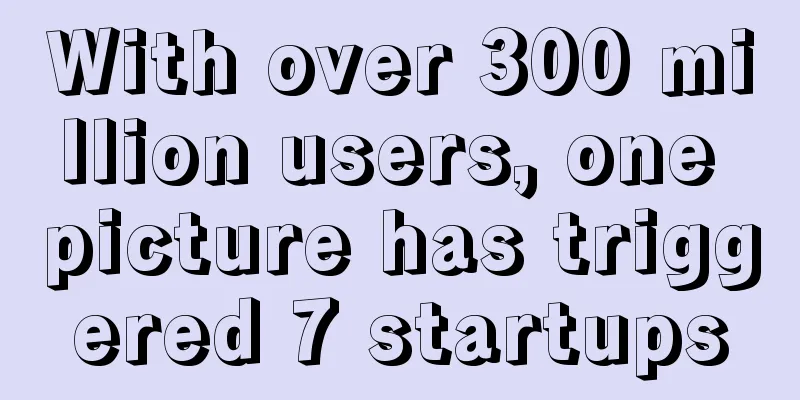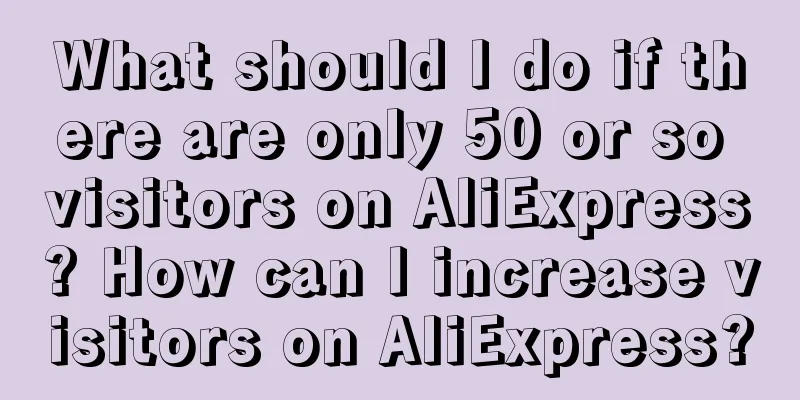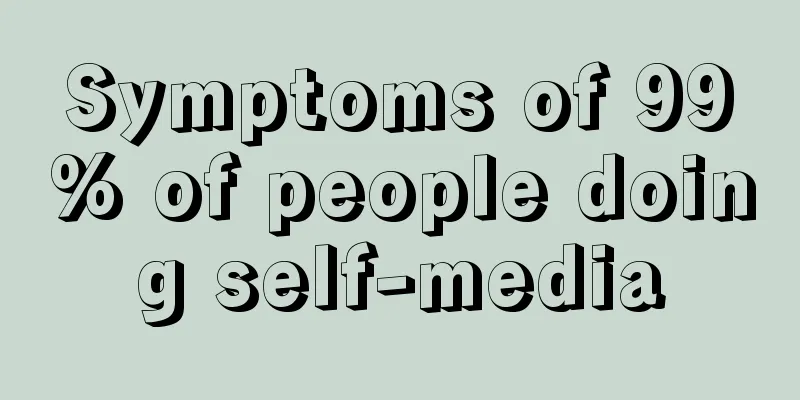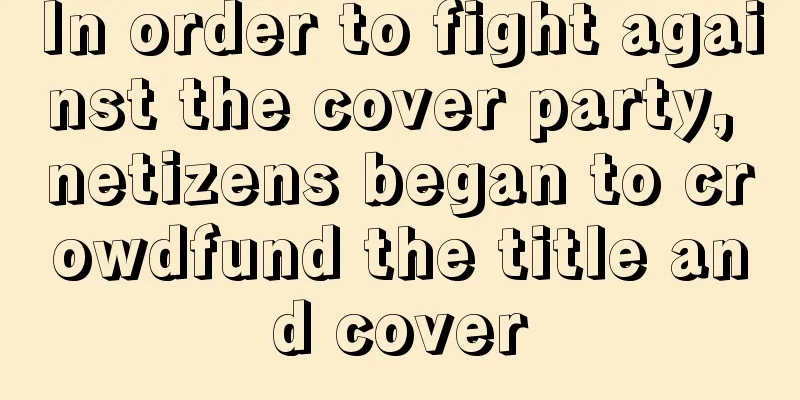What can we learn from Heinz copywriting?

Almost once a week, we would look at some productions from outside and put them on the planet for copywriters to practice writing, to see how copywriters read pictures, how they read strategies, and how they read the meaning and interest of English-Chinese translations.
Heinz launched a series of print ads showing restaurants trying to fool customers through "ketchup fraud." In a style similar to the candid photos that have circulated on social networks, it shows restaurants cheating by filling Heinz bottles with other brands of ketchup because those ketchup brands may be cheaper. The highlight of this copy lies in the insight and strategy behind it. On the surface, it is a denunciation and exposure of a fraudulent behavior, but the insight behind it is that in Europe and the United States, "Heinz" is synonymous with authentic ketchup. Consumers hope that restaurants use Heinz ketchup, but Heinz is relatively expensive, so many restaurants will pass off inferior products as good ones. The sneaky posture in the photo makes this behavior concrete. As the saying goes, if you want to write that Heinz is the best ketchup, you can't write "Heinz is the best ketchup". Instead, you should write that consumers only want to eat Heinz ketchup. You should write about the sneakiness of restaurant employees and how they are willing to use Heinz bottles to pack cheap ketchup to deceive consumers in order to save costs... Then the quality of Heinz will be fully revealed. This is not the first time Heinz has adopted this strategy. The previous "Tip for HEINZ" campaign was based on a similar concept. It encouraged consumers to tip the restaurant one dollar so that the restaurant could afford Heinz ketchup. At the same time, Heinz also encouraged consumers to post photos of their bills on social networks as proof of the tip, and the brand would reimburse them, greatly increasing the brand's social engagement. For example, in this Heinz series, the planet would like the copywriter to pay more attention to the conception and framing of others. This is definitely the case, and the restaurant has no choice but to do so. But using this method to make a counter-proof advertisement, especially when the copywriter is so open-minded, is still full of strategic challenges for the copywriters who are practicing writing. Look at their copy: Even if it’s not Heinz, it has to be Heinz. The pictures in the kitchen illustrate this behavior. Everything else that may not be Heinz is squeezed into Heinz. The operator thought Heinz didn't know that. Heinz made this series of posters to make it known. It's just that Heinz's copywriter wrote this sentence in an ironic and plain way. The merchants know that as long as the ketchup is of a certain standard, it is almost impossible to tell the authenticity unless you are a high-end taste bud connoisseur. Especially when they are all squeezed into Heinz cans, the psychological cognition of diners has surpassed the taste cognition. It is definitely this kind of behavior in the market that is eroding and impacting Heinz's repurchase rate, so Heinz is trying to make businesses feel ashamed by asking the public to give tips, and is also trying to expose the back kitchen to let consumers take a closer look in the future to see if the old bottle is filled with new sauce. The following is an excerpt of some of the copywriting and free shipping interactions: @Steven Cheng: Heinz's words are still like ChatGPT, with gentle and elegant sarcasm. Unlike our words, they are not as sharp as a knife. Look at the pictures of the backstage, the work is done calmly and calmly, as if it is commonplace. But the copywriter still sees through it but does not say it, and still teases it in a very kind way. The sentence structure of "even if it is not, it must be" and the scene of being full of grievances and letting things go is as if the waves have washed away the true qualities of the hero. The copywriting is not a call for war at all, it just reflects that it is too popular and there is no way to avoid such small actions, so as to make competitors feel ashamed and give up. But we can never learn such magnanimity, and we want to add more strength to such copywriting. So, one is the plain bystander copywriting: the juggling in the kitchen; the other is the official announcement of the competitor: if you can't squeeze out Heinz, squeeze in. Practice copywriting:
Here we just select one case. Whether it is answering questions or discussing, everyone has their own perspective. Of course, some copywriters are influenced by prompts and will not pay much attention to pictures when writing; some copywriters are more literal translations; or they stand from the perspective of consumers, but for beginners, practicing more such translations will help you advance better in the future; you will pay more attention to pictures; pay more attention to the strategies behind; pay more attention to the merchant's intentions, and pay more attention to the copywriter's own operational space. Author: Steven Cheng Source: WeChat public account "Copywriting Free Shipping" (ID: kol100) |
<<: What is the “optimal solution” for selling ice cream?
>>: Lululemon, L'Oreal, and Adidas all set up stalls. What happened to the big-brand marketing?
Recommend
Live slicing doesn’t work anymore?
Is it becoming increasingly difficult to make live...
Review of Women's Day marketing of 10+ brands including OLAY, SK-ll, Pure Cotton Times, lululemon, etc., revealing four major trends
Women's Day is an important node for women'...
How to do data analysis when user growth occurs?
User growth is an unavoidable topic when working o...
Was it difficult to start Amazon? How difficult was it?
For beginners who want to start a cross-border e-c...
The latest version of WeChat has updated these major features
This is the first update of WeChat in 2024, and it...
How much is the fee for Amazon Global Payment? How is it calculated?
Amazon, as a cross-border e-commerce platform, is ...
Don’t complain that being a host is hard to make money. It turns out that the monthly salary of an ordinary job is only three to four thousand!
Introduction: The author of this article mainly in...
HEYTEA FENDI co-branded drinks are being snapped up: Mini Program crashes multiple times, scalpers double the price
HEYTEA has partnered with luxury brand Fendi to la...
It’s 2023 now. Are there still brands that don’t know how to use memes?
Starting from the current social hot topic - the p...
How to set product categories on Shopee? Which categories have the highest sales volume on Shopee?
Shopee e-commerce provides merchants with a simple...
Because of a cat, Xiaohongshu’s ROI increased from 0 to 8
In the marketing field of Xiaohongshu, an accident...
Is Allegro easy to do now? Is it worth investing in it?
Among many cross-border e-commerce platforms, Alle...
What kind of taxes do cross-border e-commerce businesses in Shenzhen need to pay? How are taxes calculated?
With the rapid development of China's cross-bo...
Behind 10,000 comments, the inspiration and lessons that Miaoya Camera brings to AIGC
Since its launch in July, the Miaoya Camera has qu...
What does it mean to pick up your order at Shopee? How does it work?
There are many ways of shipping on the Shopee plat...
